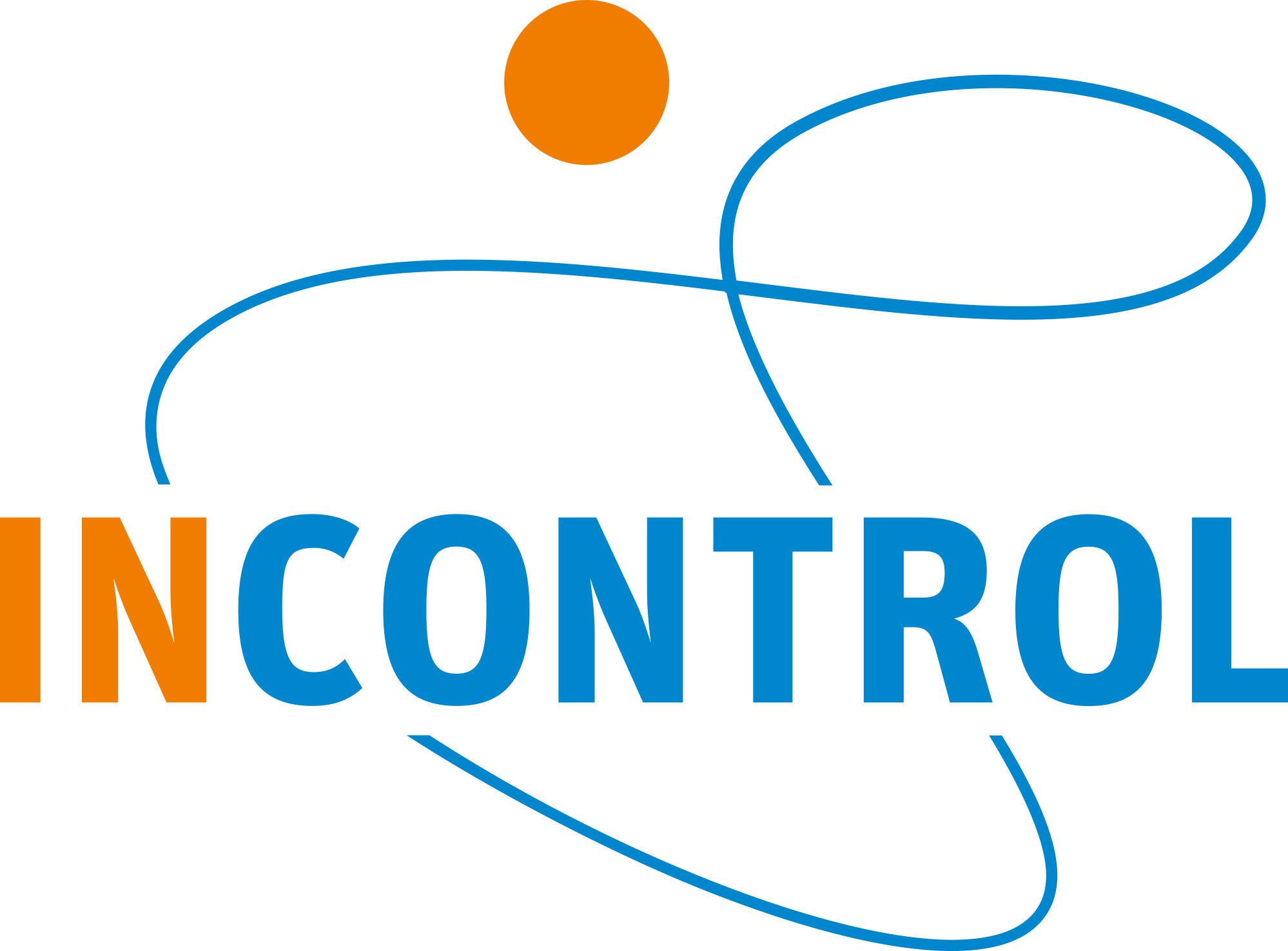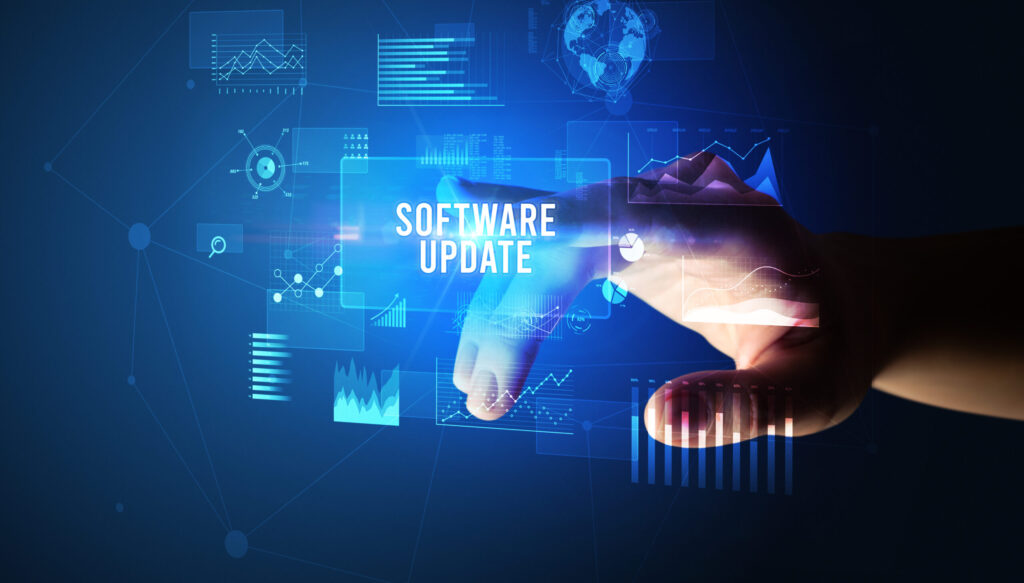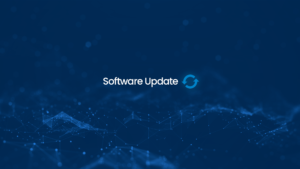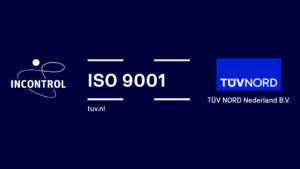Simulation contributes to the future of Rail Transport
For over 30 years, InControl develops innovative customized railway-traffic simulators and is an expert in railway simulation. InControl’s simulation software platform enables the development of applications. One example is a high-performance railway application designed, built, and maintained by InControl for organizations responsible for rail infrastructures and passengers. It supports the decisions related to system (future) performances and the effects of innovations. At this moment rail organizations have to implement efficiency and security-related programs like ERTMS*, ATO*, or TMS* and passenger flows at public transport hubs in cities and metropole areas.
InControl’s Dutch railway simulator application called “FRISO” is developed for ProRail, the Dutch infrastructure company. It allows users to simulate and visualize large networks on a microscopic level including tracks, switches, signals, etc. The application supports users by automatic generation of a complete simulation model based on several databases. The benefits are valid data and information provisioning in a short timeframe. Visualization of the (sub)systems, insights into conflicting planning of rolling stock and staff, and multi-organizational and discipline staff training are part of the application services.
ERTMS affects the entire rail sector, so collaboration is a must. How does that work in practice? Last month, Joris Steneker, Team Manager Public Transport at InControl, and Dick Middelkoop, Program Manager ProRail Innovation, were invited by ERTMS Flash to discuss the long-lasting relationship. The original interview is in Dutch, for the English version please click here.
Source: Text Eveline Bets and foto Fokke Eenhoorn
Het ideale samenwerkingsmodel (geen simulatie, maar realiteit)
ERTMS raakt de hele spoorsector, dus samenwerken is een must. Hoe gaat dat in de praktijk?
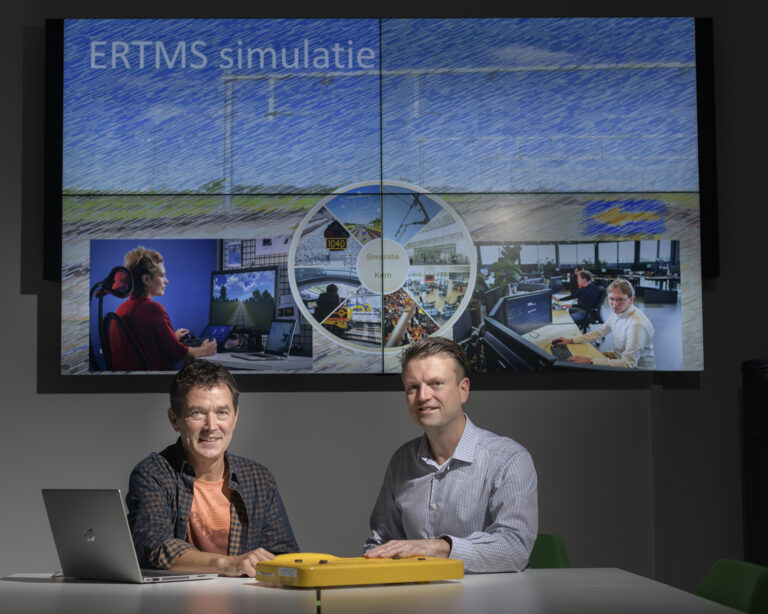
Source: Fokke Eenhoorn
Hoe kennen jullie elkaar?
Dick: “Als programmamanager Modelontwikkeling houd ik me bezig met de ontwikkeling van simulatiemodellen en optimalisatievraagstukken. ProRail heeft een lange geschiedenis in simulaties, maar onze software was niet goed ingericht op de steeds complexere ontwikkelingen. Toen we jaren geleden op zoek gingen naar een flexibeler systeem met meer mogelijkheden, kwamen we terecht bij een platform dat is ontwikkeld door InControl.”
Joris: “Ik kwam er later bij, in 2006 geloof ik, toen ik als teammanager Public Transport verantwoordelijk werd voor simulatiemodellen voor onder andere het spoor.”
Aan welke simulatie(s) werken jullie op dit moment?
Joris: “Actueel is een groot project waarin we de ERTMS-gebruikersprocessen hebben nagebouwd in een simulator. Doel is het valideren van die processen, en betere communicatie tussen machinist en treindienstleider. De simulator bootst de treindienst na in een soort 3D-omgeving van het spoor.”
Dick: “Het gaat dus om testen of we het goed hebben uitgedacht, nog niet om het trainen van de mensen die ermee gaan werken. Dat komt later.”
Kunnen jullie het doel van de samenwerking omschrijven?
Dick: “Ons doel is dat we op een efficiënte manier de toekomst van het spoor in beeld brengen en zo kunnen beleven, en dat we inzicht krijgen in die complexiteit.”
Joris: “Ja, dus gezamenlijk dingen beproeven en ontwikkelen. Dat is ook de kracht van simulatie. Een mooi voorbeeld is dat we na zo’n sessie van machinisten en treindienstleiders terugkregen: ‘Nou, dat ga ik in de praktijk nooit zo doen.’”
Dick: “Of omgekeerd: ‘Dit scenario is niet goed, kunnen we dat nog aanpassen?’ Dat vond ik een mooie les. Het werkt dus twee kanten op. Zo verbeteren we de praktijk.”
Joris: “En daar worden we heel blij van!”
Kom je ook knelpunten tegen en zo ja: hoe lossen jullie dit op?
Dick: “Ja, mijn werk is een leuke, maar uitdagende puzzel. Dat vraagt om chemie in de samenwerking en gebruik maken van elkaars kwaliteiten.”
Joris: “ProRail stelt ons soms uitdagende vragen. Bijvoorbeeld: ontwikkel een wiskundig optimalisatie-algoritme voor Automatic Train Operation. Dan is het best spannend of we dat ook kunnen leveren.”
Dick: “Meestal leidt het tot goede resultaten. Of het valt nu nog niet in goede aarde, maar later wel. Dan zijn we onze tijd vooruit.”
Wat is er volgens jullie nodig voor goede samenwerking? En zie je dat terug bij elkaar?
Dick: “Eerlijkheid, duidelijkheid, een open houding, doen wat je zegt.”
Joris: “Ja, Dick is inderdaad open en duidelijk. Er is daarnaast ruimte voor creativiteit, dat vind ik ook belangrijk.”
Dick: “Joris doet wat hij belooft. En hij verrast mij niet alleen met zijn diepgaande inhoudelijke kennis, maar kan ook uitleggen dat niet alles wat ik wil als opdrachtgever relevant is.”
Joris: “Dick heeft ook veel kennis en stelt kritische vragen. En hij kan mensen overtuigen. Ik vind Dick wel een echte ambassadeur. Het leukste is als we samen aan anderen enthousiast vertellen wat we doen!”
Tot slot: kunnen jullie samen door 1 deur? Waarom?
Dick: “Zeker. Omdat we niet bang zijn een beetje in te schikken als die deur, laten we zeggen, wat smal zou zijn.”
Joris: “Dan proberen we die deur breder te maken.”
Dick: “Zodat er nog meer mensen mee kunnen lopen.”
English version:
The ideal collaboration model (not simulation, but reality)
ERTMS affects the entire rail sector, so collaboration is a must. How does that work in practice?

Source: Fokke Eenhoorn
How do you know each other?
Dick: “As a Model Development program manager, I am involved in the development of simulation models and optimization issues. ProRail has a long history in simulations, but our software was not well equipped for the increasingly complex developments. Years ago, when we were looking for a more flexible system with more options, we ended up with a platform developed by InControl.”
Joris: “I joined later, in 2006 I believe, when I became responsible for simulation models for rail, among other things, as team manager Public Transport.”
Which simulation(s) are you currently working on?
Joris: “Currently we are involved in a major project in which we have recreated the ERTMS user processes in a simulator. The aim is to validate those processes and improve communication between the train driver and train traffic controller. The simulator simulates the train service in a kind of 3D environment in which the railway system is modelled.”
Dick: “It is therefore about testing whether we have thought it through properly, not yet about training the people who will work with it. That will come later.”
Can you describe the purpose of the collaboration?
Dick: “Our goal is to visualize and experience the future of rail in an efficient way, and to gain insight into that complexity.”
Joris: “Yes, so testing and developing things together. That is also the power of simulation. A good example is that after such a session we received feedback from drivers and train controllers: ‘Well, I will never do that in practice.'”
Dick: “Or vice versa: ‘This scenario is not good; can we still adjust it?’ I thought that was a good lesson. So, it works both ways. This is how we improve practice.”
Joris: “And that makes us very happy!”
Do you also encounter bottlenecks and if so: how do you solve them?
Dick: “Yes, my work is a fun, but challenging puzzle. That requires chemistry in the collaboration and making use of each other’s qualities.”
Joris: “ProRail sometimes asks us challenging questions. For example: develop a mathematical optimization algorithm for Automatic Train Operation. Then it is quite exciting whether we can also deliver that.”
Dick: “It usually leads to good results. Or it may not be well received now, but it will later. Then we are ahead of our time.”
What do you think is necessary for good cooperation? And do you see that back together?
Dick: “Honesty, clarity, an open attitude, do what you say.”
Joris: “Yes, Dick is indeed open and clear. There is also room for creativity, which is also important to me.”
Dick: “Joris does what he promises. And he not only surprises me with his in-depth substantive knowledge but can also explain that not everything I want as a client is relevant.”
Joris: “Dick also has a lot of knowledge and asks critical questions. And he can convince people. I think Dick is a real ambassador. The best part is when we enthusiastically tell others about what we do!”
Finally: Are you both on good terms with each other? Why?
Dick: “Certainly, because neither of us is afraid to compromise a little if necessary.”
Joris: “Then we try to create more space for each other.”
Dick: “So that in the end more people can join us and benefit from our efforts.”
Abbreviations:
* ERTMS: European Rail Traffic Management System
* ATO: Automatic Train Operation
* TMS: Traffic Management System
Are you interested in the contribution of our Simulation Software in the Rail Transportation Industry? Contact us, we are happy to tell you more about our expertise and experience.
